As predicted by the early media, the epidemic in India has gone completely out of control.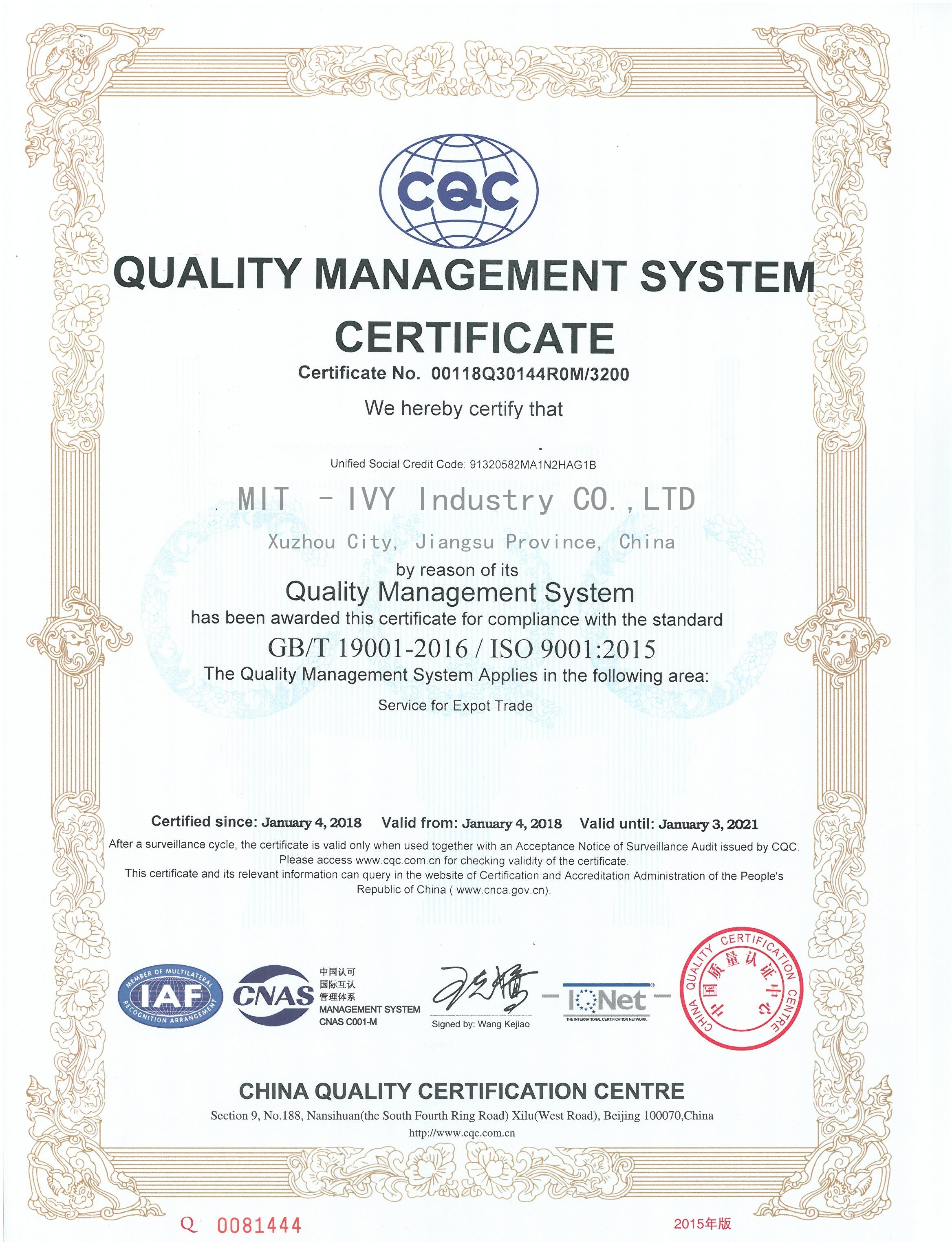
Recently, according to Indian media, since April this year just number of confirmed cases of more than 3.1 million new cases of India report, recently, renewed daily record confirmed cases and India within 24 hours with more than 314000 new cases of the new cases, even after the first cases of the world the United States, the largest country in the world single-day rise.
India’s health care system is collapsing as the epidemic worsens.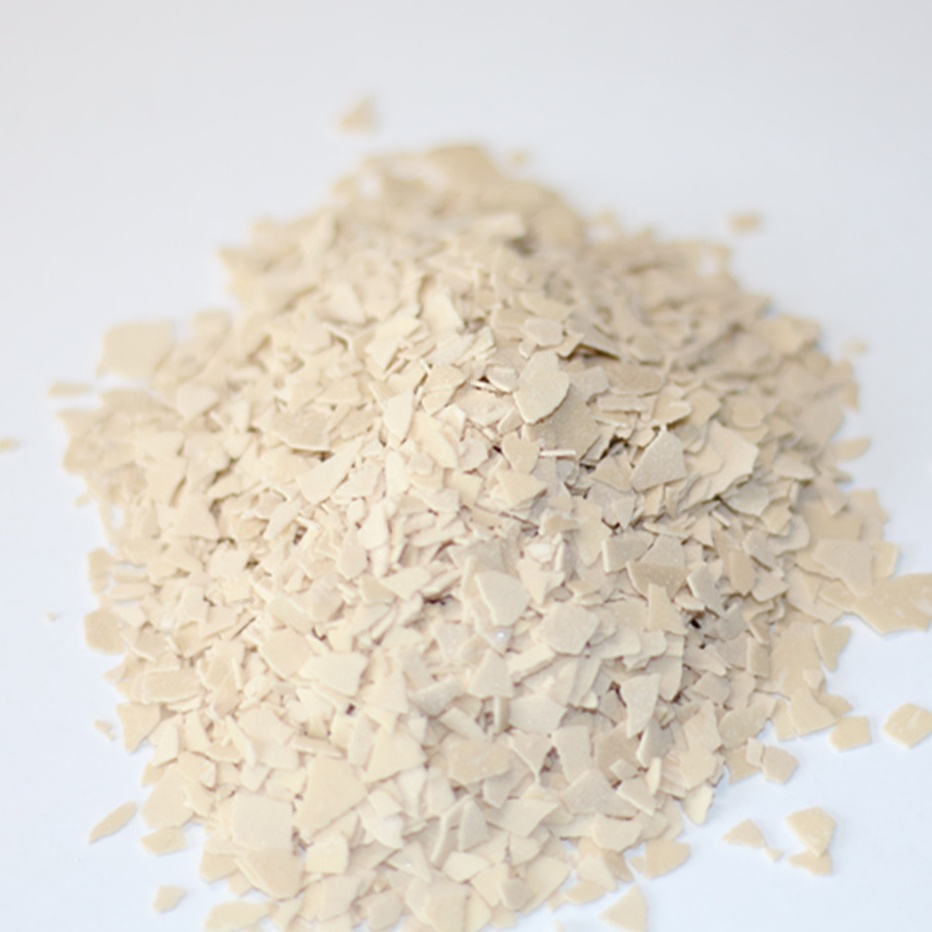
India, which has become the world’s second largest country with confirmed cases of the disease, is expected to adopt a more stringent blockade policy in response to the severe impact of the epidemic.
In this regard, people in the Indian market worry that India will “repeat the same mistakes” and repeat the large-scale economic contraction caused by the epidemic blockade in 2020. The textile industry will continue to stop manufacturing and processing, and it will be difficult to “recapture” the textile industry chain from India to China.
The picture
The iron rice bowl is not guaranteed!
Trillion-yuan business is being handed to China
The concerns of market participants in India are not unreasonable. India is the world’s largest cotton producer, the largest jute producer and the textile industry is crucial to its economy.
As the world’s second largest textile producer, India has a large population and is well placed to develop intensive industries, according to public data.
India accounts for nearly 25 per cent of global yarn production and nearly a third of global production, making it the world’s second largest silk producer.
Textiles are one of India’s biggest foreign currency earners, accounting for about 15 percent of the country’s exports.
As a traditional industry, Indian textile industry has been developing continuously in recent years.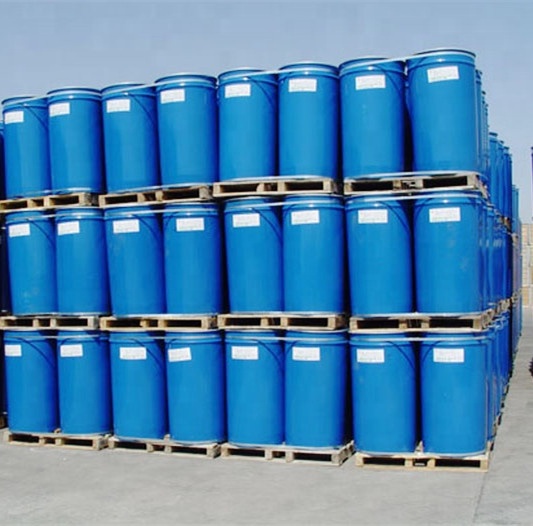
In 2019, the size of India’s textile and garment market is huge, at $150 billion, and some experts predict that in the future it will reach $250 billion, a trillion-yuan market size.
The picture
According to statistics, in 2019, 121 million direct and indirect jobs were created, making it the second largest job provider in India after agriculture.
The textile industry accounts for about 2 per cent of India’s gross domestic product and attracted almost $3bn worth of foreign investment into the market between 2000 and 2018.
However, the development of India’s textile industry has been hit the pause button in the face of the epidemic.
After the outbreak of the epidemic in early 2020, India had to take measures to close the whole country, and India was “closed down” due to the epidemic, which caused the economic “shutdown” for as long as three months.
A large number of industries in India have been hit hard, and India’s economy continues to suffer from the epidemic.
It has also hit the labour-dependent textile sector hard, losing orders in large numbers.
In addition, more than 50,000 large containers have been left stranded at Indian ports due to traffic stoppages.
Because there is no way to resume production, a large number of international orders that India had previously received could not be delivered on time, causing heavy losses.
The picture
From the specific performance of the market, a large number of small and medium-sized textile enterprises are cancelled orders or unable to take orders, resulting in a decline in the opening probability, a sharp contraction in profit income, or even bankruptcy, and rising unemployment.
In addition, due to the uncertainty of the development of the epidemic, more and more orders from Europe, the United States and other countries have been cancelled or transferred to other countries, or unlimited postponing of shipments, leading to the situation of India’s textile industry has become more severe.
According to UN data released in the middle of 2020, India lost nearly $400 million in trade in just six months, of which about $64 million was lost in the textile and garment sector.
In addition, after the outbreak of the global epidemic, the supply of raw materials for India’s textile industry has been disrupted, and the search for alternative sources of raw materials may increase the cost of finished products, which has obvious impact on sales.
In addition, the quality of textiles may also be affected by this change, leaving the whole industry in a passive state.
Meanwhile, India’s textile exports have also been affected by the outbreak.
As the epidemic is still very serious in Europe, the United Kingdom and the United States, which is far from reaching the target of prevention and control, and these places are the major markets for India’s garment exports, this makes India’s textile exports face severe challenges.
The picture
The outbreak is having a serious impact on India’s economy.
As the subsidy given by the Indian government for the epidemic has not been paid on time, the order of enterprises affected by the epidemic has been greatly reduced and the survival is difficult, which may directly lead to the layoffs of nearly 10 million people in the Indian textile industry.
What India did not expect is that China, which took the lead in preventing and controlling the epidemic, has become its strong competitor in the textile industry.
India has lost trillion-yuan business to China due to the epidemic.
Since the second half of 2020, China’s textile and garment industry has reversed the sluggish situation at the initial stage of the epidemic and entered a new round of outbreak period.
According to data, from January to December in 2020, the national retail sales of clothing, shoes, hats, needles and textiles exceeded 12 trillion yuan, and the total profit of the national textile industry increased by 7.9% year on year to more than 110 billion yuan.
Market feedback information shows that since May 2020, China’s garment industry has achieved a triple growth in July. The order number of China’s garment industry has increased by more than 200% year-on-year, and the order number of fabric and textile raw materials has increased by more than 100%. The export of China’s textile industry in 2020 is bright.
Exports of textiles, including face masks, reached 828.78 billion yuan in the first three quarters of 2020, up 37.5 percent.
The overall performance of the textile industry is excellent.
The reason why there are so bright results, there are two main reasons, one is the arrival of foreign trade season;
Second, China will receive a lot of overseas orders in 2020, which were originally produced in India, Myanmar, Bangladesh and other countries.
The picture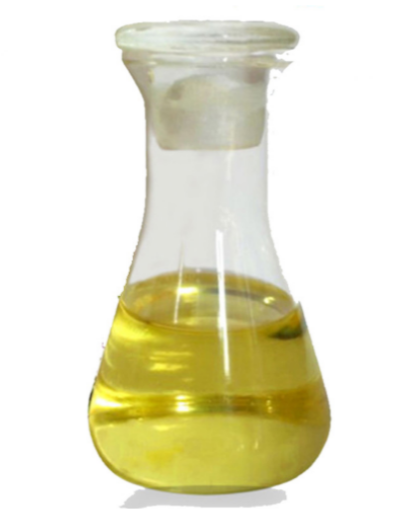
China’s textile industry has obvious advantages, but the shortcomings need to be solved
China is in an irreplaceable position to receive these “emergency orders”.
First, by 2020, China will be the only major economy in the world to be the first to emerge from the dilemma of the epidemic and achieve positive growth.
The epidemic has had a severe impact on both the supply and demand sides of the textile industry. China’s pioneering resumption of work and production is a manifestation of its strong prevention and control ability.
Compared with other countries caught in the uncertainty of the epidemic and the simultaneous disruption of the industrial chain and supply chain, when international purchasers and multinational corporations adjust the production of orders on a global scale, China has become a priority country for a large number of overseas orders, which effectively guarantees the operation of the international industrial chain.
Secondly, China has obvious advantages in the export of labor-intensive products and is the world’s largest producer and exporter of textiles.
During the outbreak, China has provided more than 200 countries with textile masks and other anti-epidemic materials, and China has withstood the test of strict supply chain.
The picture
Last but not least, the price of cotton and raw materials in China is relatively low and has the price advantage brought by low cost.
Even India imports large quantities of textile raw materials from China every year.
According to market research data, India is currently unable to meet such a large market demand for raw materials.
So, to support its huge textile industry, India imports about $1 billion worth of synthetic fabrics, buttons and other textile accessories from China every year.
China’s textile industry has obvious advantages, but the shortcomings need to be solved.
As the world’s largest producer, consumer and exporter of textiles and clothing, China has the most complete textile industry chain in the world with the highest manufacturing capacity and level in every link of the industry chain.
However, the development of each link of the textile industry chain is not balanced. At present, the advantages of China’s textile industry are mainly reflected in the middle and low end products, rather than high value-added products.
Therefore, in the high-end field of textile, we still need to continue to research and develop and improve their own technology and process, continuous innovation, play to the advantages of China’s technology, the construction of the industrial chain more perfect.
The picture
After all, in the textile industry, in addition to common materials such as cotton yarn, downstream fabrics and clothing more personalized route, the pursuit of innovative products to seize the market.
Then, the personalized design, style and so on determine the product premium and sales speed.
Chinese textile enterprises optimize their own structure, research and development of new technology, new process, pay attention to design, mining new profit model, etc., can greatly make up for the labor shortage.
China’s textile industry has the advantages of industrial chain upgrading conditions.
In China, information network technologies such as the Internet of Things, big data, artificial intelligence, 5G and cloud computing are developing with great momentum. These technologies are changing people’s lifestyles and economic development models.
In the process of technological innovation and development, global supply chain business is expected to optimize technological processes, reduce labor demand, improve productivity, and play an important role in enhancing the international competitiveness of the textile industry.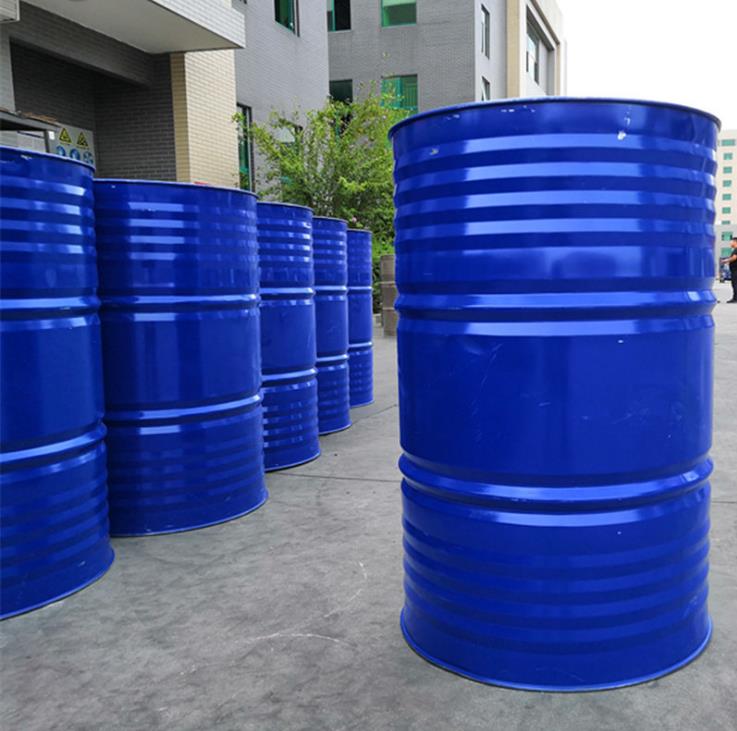
Although in the short term, the epidemic has brought a huge impact and impact on the global textile industry and the market is full of uncertainty, in the long term, the epidemic will accelerate the process of automation and intelligence in the textile industry and improve the efficiency of enterprise supply chain management.
At present, although most of these orders are “emergency orders”, whether they can stay in China for a long time in the post-epidemic period or after the end of the epidemic, there is still a huge space for us to fight for.
Although with the gradual rise of China’s economy, in the textile industry, which is traditionally labor-intensive, China does not have an advantage in labor cost.
At the same time, the huge textile market of one trillion yuan “ceded” to China, India itself is also very anxious.
Despite the epidemic, it may be able to resist the pressure to recapture overseas orders.
So, in the face of India’s eye covetously, never see, to keep textile orders for a long time, is the severe challenge that China’s textile enterprises need to face.
The picture
Entering the post-epidemic era, the recovery of the global textile industry is challenged
Under the impact of the global epidemic and geopolitics, the current international trade environment is even worse and the international competition is also more intense. In the post-epidemic era, the recovery of the global textile industry is still faced with challenges.
In terms of challenges, there are both short-term pressures and long-term challenges.
The global epidemic is still raging, the world economy is in a deep recession, trade protectionism is on the rise, and geopolitical conflicts are deepening. The foundation for the recovery of various industries is not yet solid, the international industrial and supply chain is undergoing profound adjustments, and factors of uncertainty and instability are on the rise.
For example, the textile export of the United States, the European Union, India, Myanmar, Bangladesh and other countries has picked up under the impact of the epidemic and political factors. However, due to the epidemic, the textile export has not recovered to the previous level. In addition, from the reality of the epidemic, the future recovery will take time.
The picture
In 2020, the retail sales of clothing and apparel in the United States will decrease by 26% year on year, nearly 200 billion dollars.
Retail sales of textiles in the EU fell 24.4 per cent year on year.
From the international market, the international clothing consumption market as a whole suffered setbacks, the United States, the EU clothing imports also decreased.
Although on June 30, 2020, India gradually relaxed the control measures and announced that it had entered the “Unlockable 2.0″ phase, it still needs time for the Indian textile industry, which suffered from supply chain disruption, to fully recover the economic activities in the past under the current situation of out-of-control epidemic, and there is no way to do it in the short term.
Since the unrest broke out in Myanmar on February 1 this year, the economy of Myanmar has basically been in a state of halt or even reverse, and its exports have been suspended.
Burma’s textile and garment industry is facing huge problems caused by the unrest, forcing some of the world’s biggest clothing brands to announce that they are suspending all orders in the country and are looking for other countries to replace them.
Today, since the textile industry plays an important pillar role in Myanmar’s economy, the enormous problems facing the textile industry in Myanmar have a very serious impact on the country’s economy.
The picture
Meanwhile, Bangladesh, which has the world’s second-largest textile industry after China, has been doing well.
The textile industry is Bangladesh’s main source of export earnings, but the epidemic has also diverted some orders from the country to China.
Bangladesh implemented a nationwide “city closure” on April 5 this year in response to the worsening COVID-19.
According to statistics, in 2019 alone, Bangladesh mainly exported textiles to Europe and the United States, with a value of $130.1 billion.
At present, the contradictions and problems accumulated for a long time in China’s textile industry are quite prominent. Under the new global change situation, it is necessary for China’s textile industry to keep giving play to the traditional competitive advantages, find new competitive advantages, and build a more perfect and highly intelligent industrial chain, which is the necessary means for the sustainable development of the industry.
The picture
At present, the relationship between China and the United States and Europe is in an uncertain stage. The United States and other Western countries have created hot opinions on cotton in Xinjiang, which has affected the export trade of cotton in Xinjiang.
In fact, what Western countries are really targeting is China’s textile industry, and now foreign companies have stopped exporting raw materials to China to try to contain China’s development.
Despite this, China will not waver in its determination to open wider to the outside world and develop its economy.
What is worth expecting is that China’s textile and garment industry is looking for new market growth points, such as RCEP and “One Belt And One Road” countries, to promote the steady development of China’s textile and garment industry, and initial results have been achieved.
In the post-epidemic era, the prevention and control of the epidemic and the repeated turbulence in international relations have had a profound impact on all industries.
Global resources are accelerati

ng the structure and restructuring, the global textile industry resumed recovery, the important strategy to improve the stability and competitiveness of industrial supply chain.
The picture
In the face of many challenges and unprecedented changes in the world, globalization has accelerated the development of the textile industry around the world, and the sustainable development of the industry has become crucial.
To achieve this, we need to advocate trade globalization around the world, resolutely reject trade protectionism, and continue to innovate in the field of sustainable development.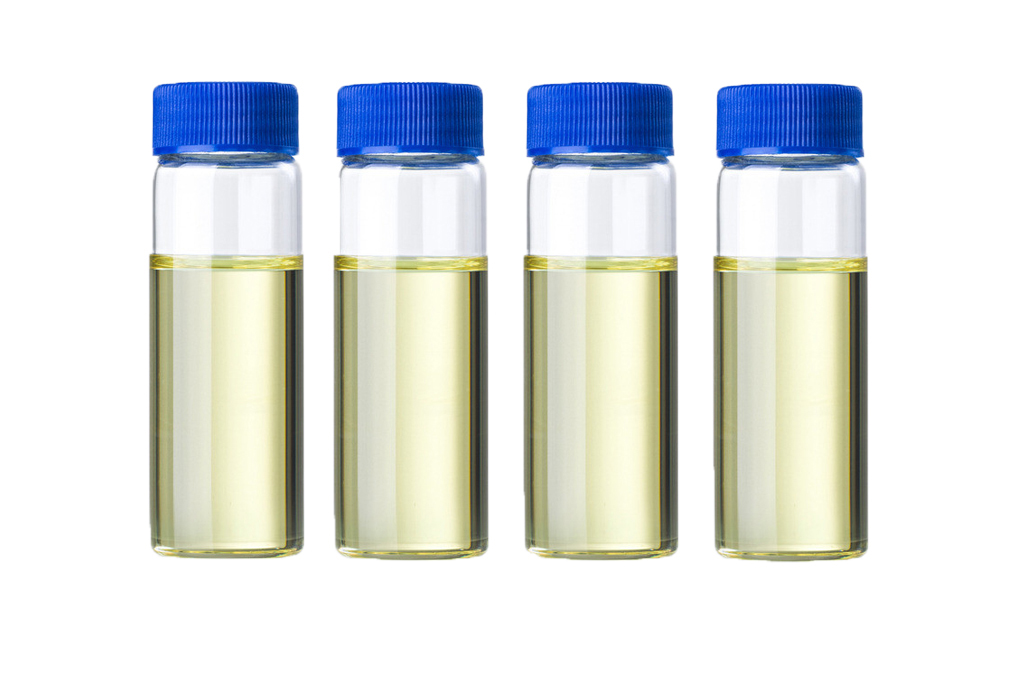

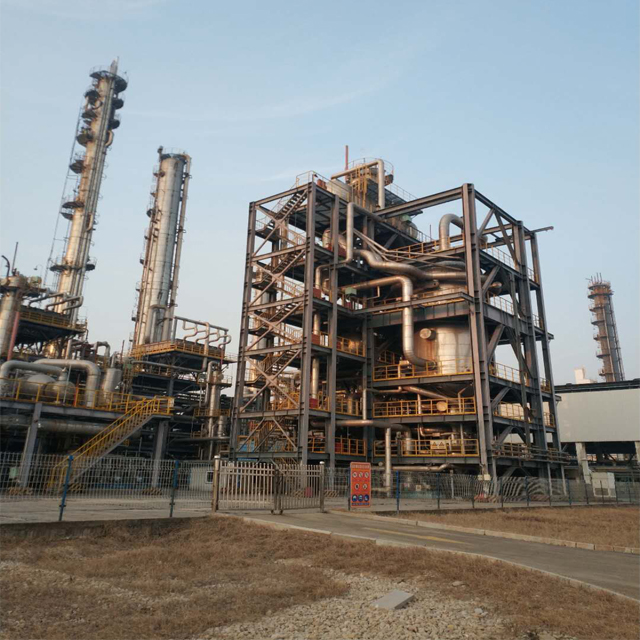
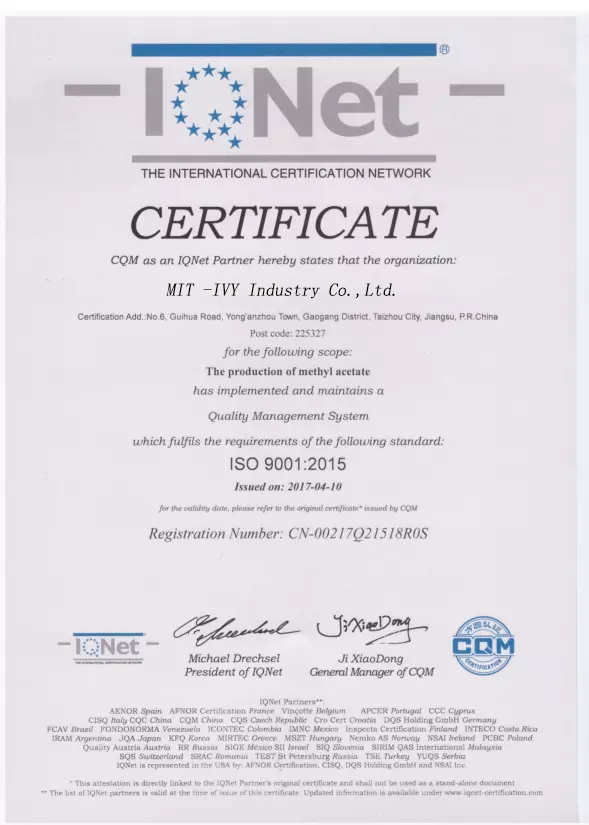
Post time: May-08-2021





